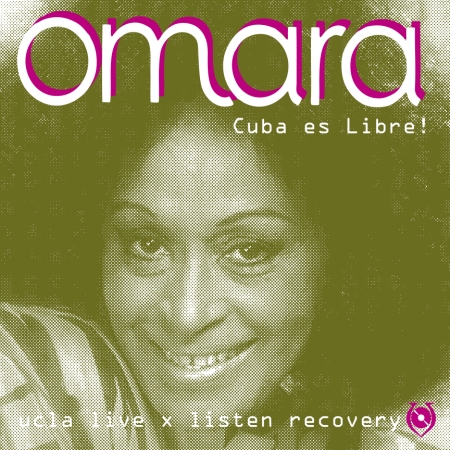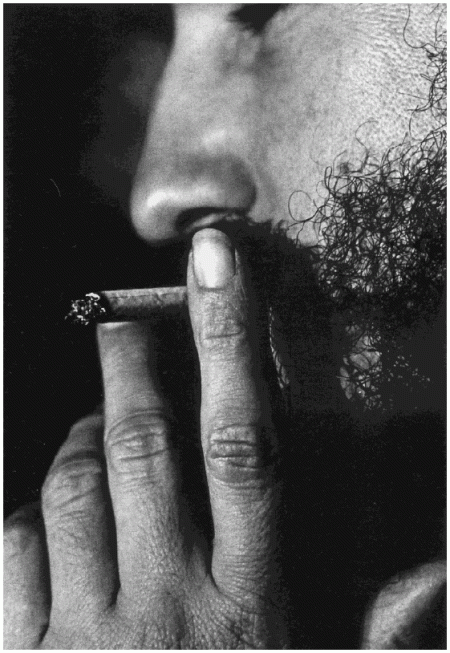Show Poster for Conjunto Folklorico Nacional de Cuba 1974 Adadda Drums
CONJUNTO FOLKLORICO NACIONAL DE CUBA was founded in 1962. The Ensemble has always had as main purposes to contribute to the rescue and recovery of our dance and musical roots with the possibility of choosing those manifestations of truely artistic value so as to organize them in accordance with the modern theatretical techniques without betraying its folklore essence.Today after 35 years of being founded the Ensemble has developed an Art style.It is Theater-Folklore with strong aesthetic effectiviness and power on stage.
El Conjunto Folklórico Nacional de Cuba has provided more than eight hundred thousand representations through its 93 international tours in Europe, America and Asia, audiences from more than three hundred cities and towns have applauded the profound national art of this dance ensemble. The most prestigious stages in the world, from Paris to Moscow, from Lima to Mexico, New York ,Canada, Madrid, from Florence to Varsovia to Argel, Washington D.C , Angola, Mozambique, Ghana or Zambia have received with acceptance its performance and different audiences have acclaimed in numerous languages the traditional songs and dances created by the Cuban people.
State-of-the-art stages as the Palace of the Berlin Republic or the ancient marbles of the Argel Roman Theater have vibrated with the rhythyms of the drums, songs and dances performed by theConjunto Folklórico Nacional de Cuba.
International Folklore Festival as the Sarah Bernhardt Theater of Nations from Paris , Cervantino from Guanajuato, Mexico, Carifesta from Guyana and others have happily received the friendly homage the artists of the Ensemble have offered to them and they have also awarded this beautiful behavior with Awards and Diplomas such as:the Golden Barrel and the Silver Necklace given by the International Festival of La Viña in 1975 held in Dijón, France and la Usuta de Oro in the Festi’Danza 1974 y 1984 in Peru, the Billingham Tray ,England and the Golden Temple from Sicily, Italy among others.
Trinidad Torregrosa
Trinidad in front of his canastillero or altar with set of bata drums under construction.
Trinidad Torregosa
Trinidad was one of the first drummers in Havana who was both a drum maker and excellent player.
Fernando Ortiz with Aguedo Moralés, Pablo Roche, Jesús Pérez
Los Primeros Tamboreros Yoruba de Cuba
Trinidad Torregrosa, Pablo Roche, Raúl Diaz, “Pablo” and Giraldo Rodríguez, 1954 (Crédits photo: Fernando Ortiz)
Jesús Pérez
Carlos Lazaro Aldama Pérez – 1959



























































